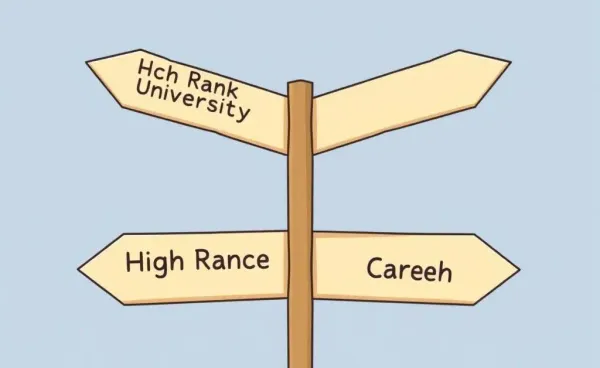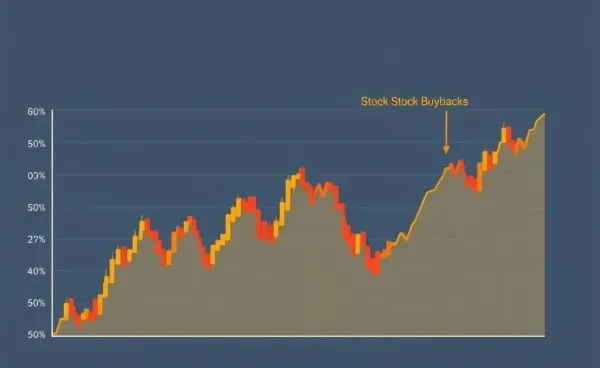Beginner's Guide to Saving: Make Your Money Work for You
Simple tips to start saving today and grow your wealth effectively.

Starting to save money can feel like stepping into the unknown. Believe me, I've been there too. You know saving is important, but where do you start? What’s the best way to make sure your money actually grows? Let's delve into some practical steps.
Understanding the Basics of Saving
First things first, grasp the essence of saving. Essentially, it’s setting aside a portion of your income for future needs or goals. Whether it’s for that dreamy vacation or an emergency fund, having savings can provide an enormous sense of security.
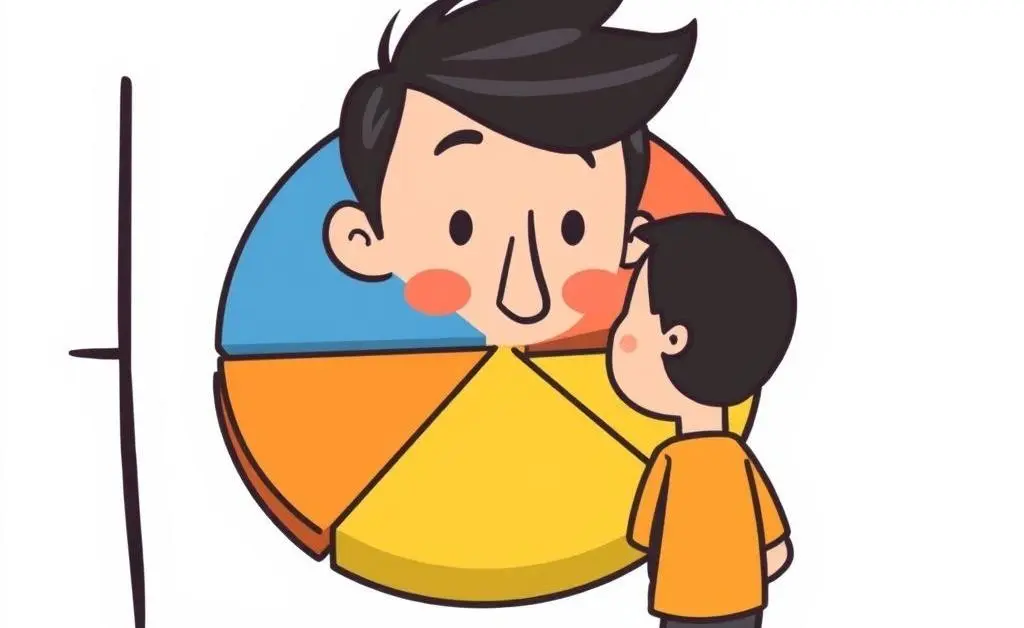
Creating a Budget: Your Financial Roadmap
Creating a budget is like mapping out a road trip. You wouldn’t head out without knowing your destination or the best route, right? A budget helps you track your income and expenses, ensuring you’re not spending more than you’re earning. Start with fixed expenses like rent and utilities, then move on to variable costs like groceries or dining out.
Let’s Break Down a Simple Budget Plan:
- Income: Be sure to account for all sources, including any side gigs.
- Fixed Expenses: Rent, mortgage, insurance.
- Variable Expenses: Groceries, entertainment.
- Savings Goal: Aim to save at least 20% of your income if possible.
Why an Emergency Fund is Essential
An emergency fund is your financial safety net. Life is unpredictable, and having a stash for unforeseen events like car repairs or medical expenses can keep you from spiraling into debt. Experts often suggest having three to six months' worth of expenses saved up.
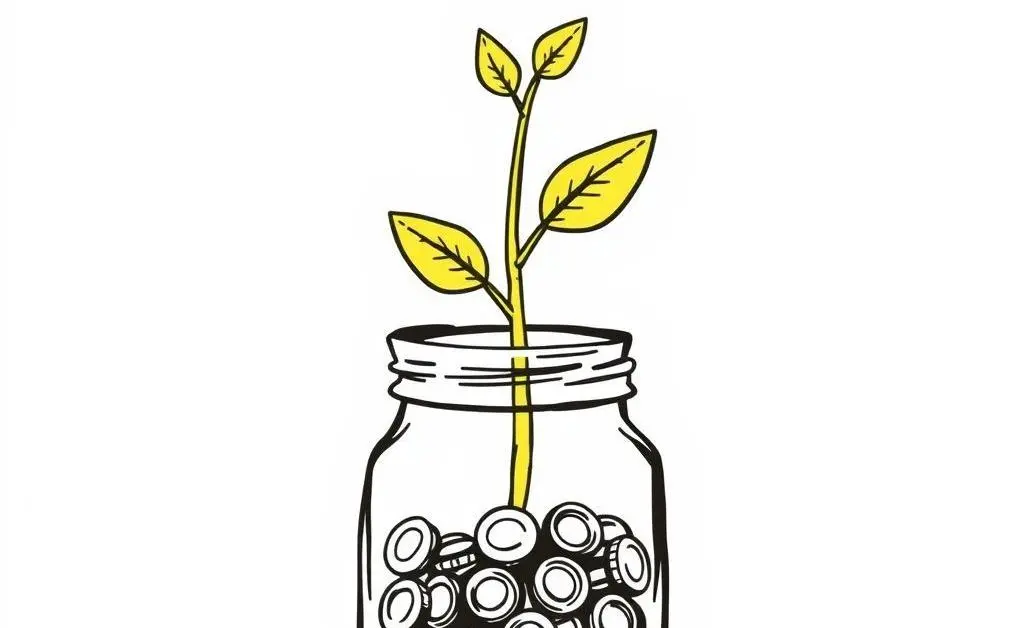
Different Ways to Save and Grow Your Money
Savings accounts are great for building a financial buffer, but they offer minimal interest. If you're looking to grow your money, consider these options:
- High-Yield Savings Accounts: They offer better interest rates than traditional savings accounts.
- Certificates of Deposit (CDs): They typically offer higher interest for committing your money for a set period.
- Investing: Though it involves risk, investing in stocks or bonds can yield higher returns.
Starting Small: It’s All About Consistency
Don’t feel pressured to save a huge amount right away. Even small, consistent contributions add up over time. Automating your savings can be a game-changer—it ensures you’re paying yourself first.
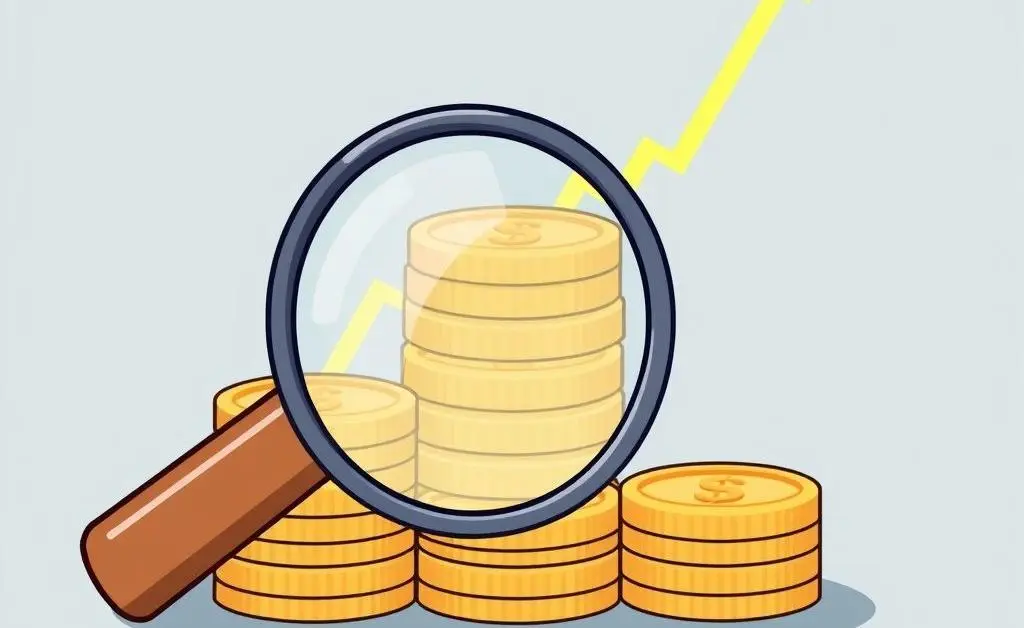
Reflect and Adjust
Your financial situation and goals may evolve, so review your budget and savings plan regularly. Adjustments aren’t just okay; they’re essential for staying on track.
Parting Thoughts
Embarking on a saving journey isn’t just about stashing money away; it’s about creating a balance between living today and planning for tomorrow. What financial goal will you start saving for today?



